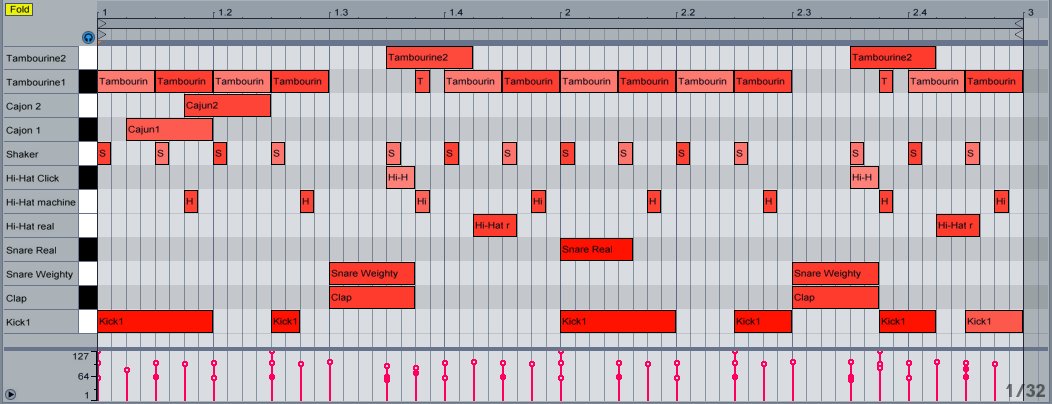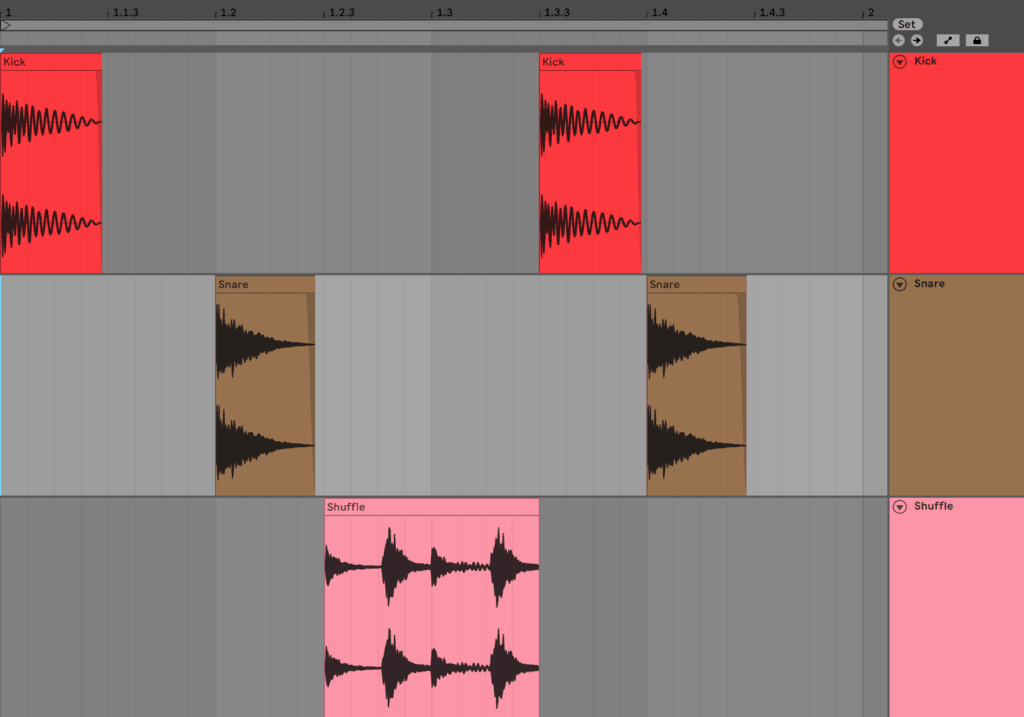
NOTE: These patterns may be written many various ways. It will seem muchĮasier after you have been playing a while longer. Listen deeply to the songĪnd feelthe rhythm. The shuffle category and let it play as you study this beat. IT IS MUCH EASIER THAN THAT! Find a familiar song in Think in groups of three but omit the middle cymbal Swing/shuffle is the nightmare of them all and will be much easier to learn Dance beat #4: 6/8 'SWING/SHUFFLE' Approximately 20 songs per 100 will utilize some form of this basic beat. Included again here so that you can see how it falls into the tempo scale of primaryĭance beats. We studied this beat in the previous lessons because it is the most often used. Dance beat #3: Eighth 'ROCK' 4/4 Approximately 45 songs per 100 will utilize some form of this basic beat. The Blues Beat will sound the same, no matter how it is written. Writing conventions dictate that most of these patterns may be written several ways.įor example, the above pattern could be written as '8th Triplet 2/4' '8th Triplet 4/4' 6/8 or even 12/8.ĭon't let that issue confuse you. Video: These beat patterns should be steady. Dance beat #2: 6/8 'BLUES' Approximately 12 songs per 100 will utilize some form of this basic beat. Hang and drag in a terrible way that may give the student the wrong idea as to how theīeats should actually sound. File that away as you click through the various video clips. In other words, the audio files give a better impression of how the beats should sound, than the videos.

Players tend to hang at the end of the pattern, which causes a terrible lag in some of the clips. They do NOT loop (repeat) on each and every video player, the same way. I'm totally depressed with my own videos and will do them over very soon.

Otherwise just imitate the SOUND of the rhythm, either from the audio file or the video file. Try it! If the counting tip helps, then use it. Pat your foot as you say "one" and tap your left hand as you say "two". You will be saying "and" with each "+" (plus-sign) that you see. It often helps (some people) to say the actual words "one,ee,and,aah,two,ee,and,aah" and so on. HINT: On top of the 16th rock example (above) you will see the 'apprroved' counting procedure. Go over that lesson until you understand it, then come back. If you are experiencing difficulty, then return to the previous lesson and learn to READ DRUM NOTATION. I am assuming that you can read and understand these patterns. Dance beat #1: 16th 'SLOW ROCK' 4/4 Approximately 15 songs per 100 will utilize some form of this basic beat. This is the stuff that will give you the ability to become a 'natural' drummer.

That you should MEMORIZE, these beat patterns pretty well, before moving on to another lesson. When that begins to occur (and it will), come back to this web site and proceed with the other lessons. Shortly after that, no matter what songs play on the radio, you will discover that you can easily, listen, analyze, then jump-in and play along. Repeat the moves of each beat, steadily, over and over, until they become ingrained into your memory, (MEMORIZED). Imagine a drum set in front of you, wherever you are. Practice these drumbeats as you go through your day.

(Hairstyles and body-art have nothing what-so-ever to do with any of this.) IMPORTANT TIP! Make a bookmark and get a printout of this page. Slow songs require more fill notes on the cymbal and fast songs require less. As you study and learn these beats, notice that a mathematical pattern becomes evident between the speed (or tempo) of the beat and the number of cymbal (hi-hat) notes being played. The following few pages will provide you with the basic beat patterns needed to play almost any song, regardless of your personal taste in music. Playing with music will come natural and you will be playing by 'ear' once you have mastered these rhythms. The bulk of modern music is based on a few simple beat patterns.


 0 kommentar(er)
0 kommentar(er)
